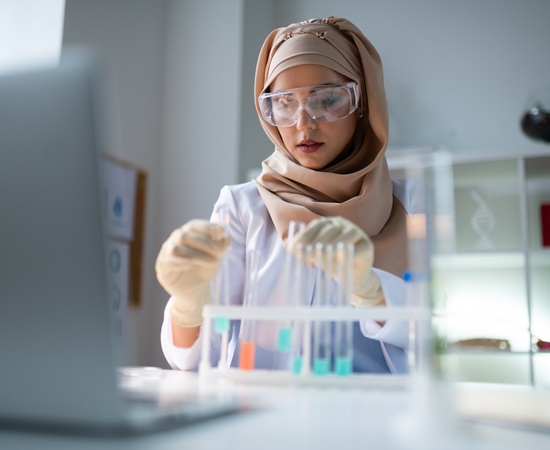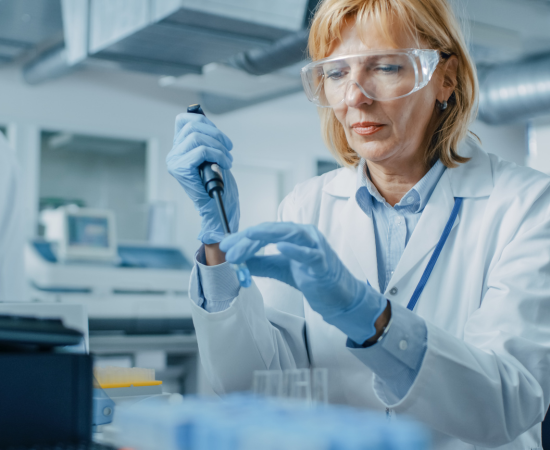Li-liquid Oral Solution (Lithium Citrate)
Abbreviated Prescribing Information
Abbreviated Prescribing Information. Li-Liquid 509 mg/5 ml and 1018 mg/5 ml Oral Syrup
Consult Summary of Product Characteristics before prescribing.
Presentation: Oral solutions containing 509 mg/5 ml and1018 mg/5 ml of lithium citrate tetrahydrate, respectively. Therapeutic Indications: Treatment of mania, hypomania and recurrent bipolar depression, where the use of alternative anti-depressants has been ineffective. Prophylaxis of recurrent affective disorders and control of aggressive or self-mutilating behaviour. Posology and Method of Administration: For oral use only. When changing between lithium preparations, monitor serum lithium levels and re-titrate if necessary. Adults: An initial total daily dose of 1018 – 3054mg lithium citrate (equivalent to 400 – 1200mg lithium carbonate) given in divided doses. Four to seven days later the serum lithium level should be determined and dose adjusted to maintain a serum level of 0.5 – 1.5 mmol/Litre and regularly monitored thereafter. Continue treatment through any recurrence of the affective disturbance as the full prophylactic effect may not occur for 6 to 12 months. Exercise careful clinical appraisal throughout medication. Children and adolescents: Not recommended. Elderly: An initial dose of 509mg lithium citrate (equivalent to 200mg lithium carbonate) is taken in divided doses. The elderly may be more sensitive to undesirable effects and may require lower doses. Long term patients often require a dose reduction over a period of years. Lithium is contraindicated in patients with severe renal insufficiency. Contra-indications: Lithium is contraindicated in individuals with known hypersensitivity to lithium or its excipients, severe renal insufficiency, cardiac disease, cardiovascular insufficiency, and untreated hypothyroidism. It should not be administered to patients with low body sodium levels, including those who are dehydrated, on sodium-restricted diets, or diagnosed with Addison’s disease or Brugada syndrome (or with a family history of the latter). Use during breastfeeding is also contraindicated. Special warnings and precautions for use: Ascertain whether patients are receiving lithium in any other form. If so, check serum levels before proceeding. Ensure renal function is normal, assess cardiac and thyroid function and ensure patients are euthyroid before treatment. Re-assess periodically. Since lithium is primarily excreted via the renal route, significant accumulation of lithium may occur in patients with renal insufficiency. Therefore, if patients with mild or moderate renal impairment are being treated with lithium, serum lithium levels should be closely monitored, and the dose should be adjusted accordingly. Patients should be warned to report if polyuria or polydipsia develop. Cases of microcysts, oncocytomas and collecting duct renal carcinoma have been reported in patients with severe renal impairment who received lithium for more than 10 years. If episodes of nausea, vomiting, diarrhoea, excessive sweating, and/or other conditions leading to salt/water depletion (including severe dieting) occur, lithium dosage should be closely monitored, and dosage adjustments made as necessary because sodium depletion increases the lithium plasma concentration. Caution should be exercised to ensure that diet and fluid intake are normal to maintain a stable electrolyte balance. Treatment discontinuation should be considered during any intercurrent infection. The risk of convulsions may be increased in case of co-administration of lithium with drugs that lower the epileptic threshold, or in epileptic patients. There have been case reports of benign intracranial hypertension. Lithium should be avoided in patients with congenital long QT syndrome, and caution should be exercised in patients with risk factors such as QT interval prolongation, and in patients concomitantly treated with drugs that are known to prolong the QT interval. Lithium may unmask or aggravate Brugada syndrome, and so it is not recommended for patients with known or family history of Brugada syndrome. Caution is advised in patients with a family history of cardiac arrest or sudden death. A lower maintenance dosage of lithium may be required for patients who have undergone bariatric surgery, drug levels should be monitored closely in connection with bariatric surgery due to the risk of lithium toxicity. Elderly patients are particularly liable to lithium toxicity and may exhibit adverse reactions at serum levels ordinarily tolerated by younger patients. Caution is also advised since lithium excretion may be reduced in the elderly due to age related disease in renal function. The use in children is not recommended. Any warning from the MC, CHM CSM or MHRA: No. Black Triangle notice: Not applicable. Adverse reactions: leucocytosis; euthyroid goitre and/or hypothyroidism and thyrotoxicosis, hypercalcaemia, hypermagnesemia, hyperparathyroidism, parathyroid adenoma, parathyroid hyperplasia, Weight increase, hyperglycaemia, thirst, confusion, delirium, ataxia, hyperactive deep tendon reflexes, slurred speech, dizziness, stupor, coma, myasthenia gravis, giddiness, dazed feeling, memory impairment, tremor, especially fine hand tremors, dysarthria, myoclonus, benign intracranial hypertension, vertigo, general discomfort, impaired consciousness, abnormal reflexes, convulsions, extrapyramidal disorders, encephalopathy, cerebellar syndrome, nystagmus, peripheral neuropathy, dysgeusia, serotonin syndrome, neuroleptic malignant syndrome, blurred vision, scotoma, cardiac arrhythmia, mainly bradycardia, sinus node dysfunction, peripheral circulatory collapse, hypotension, ECG changes-reversible flattening or inversion of T-waves and QT prolongation, AV block, cardiomyopathy, Brugada syndrome, abdominal discomfort, taste disorder, nausea, vomiting, diarrhoea, gastritis, salivary hypersecretion, dry mouth, anorexia, folliculitis, pruritus, papular skin disorders, acne or acneiform eruptions, aggravation or occurrence of psoriasis, allergic rashes, alopecia, cutaneous ulcers, lichenoid drug reaction, drug reaction with eosinophilia and systemic symptoms (DRESS), muscle weakness, rhabdomyolysis, polydipsia and/or polyuria and nephrogenic diabetes insipidus, histological renal changes with interstitial fibrosis, impairment of renal function, lithium toxicity, nephrotic syndrome, microcysts, oncocytoma and collecting duct renal carcinoma, sexual dysfunction, peripheral oedema, urticaria and angioedema. Consult the Summary of Medicinal Product Characteristics (SMPC) for full details of adverse reactions. Legal Category: Prescription only medicine. Pack Size and NHS Price: 1018 mg/5 ml; 150 ml, £ 17.49 and 509 mg/5 ml: 150 ml, £ 5.79. Marketing Authorisation Number and Holder: 1018 mg/5 ml: PL 00427/0075 and 509 mg/5 ml: PL 00427/0074. Rosemont Pharmaceuticals Ltd, Rosemont House, Yorkdale Industrial Park, Braithwaite Street, Leeds, LS11 9XE, UK. Date of Preparation: August 2025.
Adverse Drug Events
Information about adverse event reporting can be found at www.mhra.gov.uk/yellowcard
Adverse events should also be reported to Rosemont Pharmaceuticals Ltd on 0113 244 1400







